Iran Travel Booking > About Iran > Best of Isfahan > Khaju Bridge
Safavid King Shah Abbas II, built new bridge on foundation of old bridge which was constructed in 1650 CE or so. The bridge serves as a link between Zoroastrian quarters and north banks, through Zayandeh River.
The bridge has been constructed with multi-purpose use, arounddeglobe.com wrote. Today, Khaju Bridge is known for its Persian architecture particularly its artistic painting and tilework. There was a pavilion inside the bridge, in which Shah Abbas used to sit and admire the view. The Bridge is considered as one of the finest constructions and an example of Persian architecture.
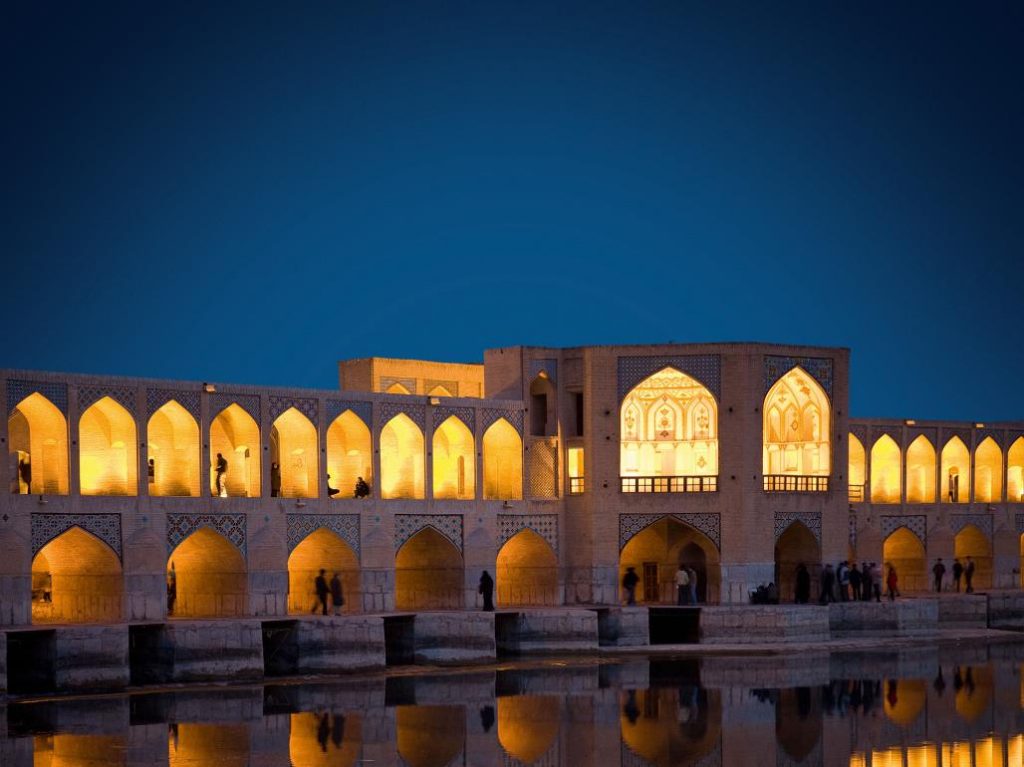
Khaju bridge is 132-meter long. It also acts as a dam, hence has sluice gate. It provides irrigation water to surrounding areas, through series of water channels. The sluice gate helps a lot to regulate the flow of water. Khaju Bridge, which is 132 meters long and 20 meters wide, has an interesting structure. Unlike other bridges, Khaju Bridge has 23 arches, 26 and 21 small and large inlets.
The bridge is made of bricks and stones. The stones, used in construction of this bridge, are two meters long. The aim behind construction of Khaju Bridge was to connect Hassan Abad and Khaju districts to Takht-e Foolad Cemetery and Shiraz road. The upper level of bridge was used for horse-carts and pedestrians in the past. The octagonal pavilions at center are used for art gallery and teahouse. While the most lower level is also used as pedestrian way or just a shady place to rest. The Bridge was named as world’s ‘multifunctional bridge’ in 2008. It also joined the list of most amazing bridges of world in the same year.
Source: Iran Daily

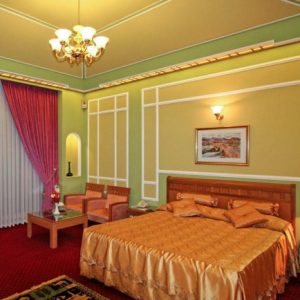
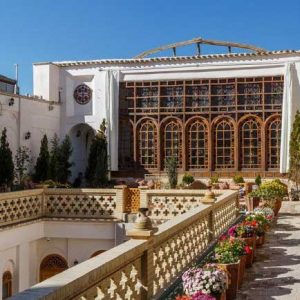
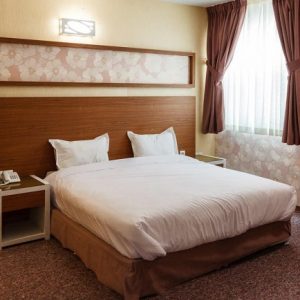
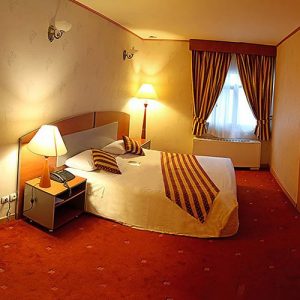
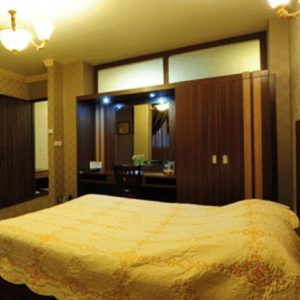
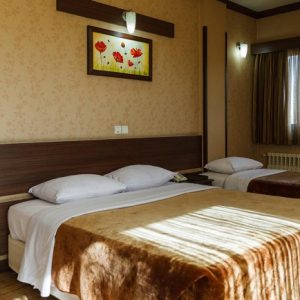
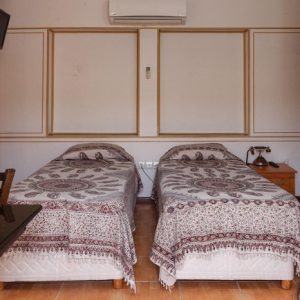
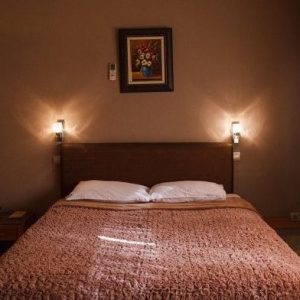
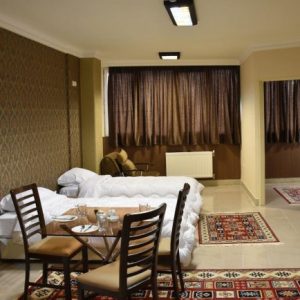
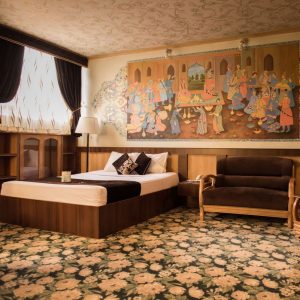
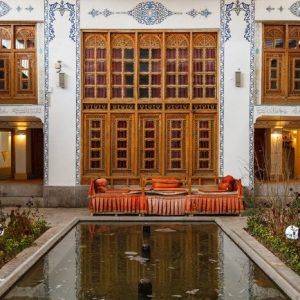


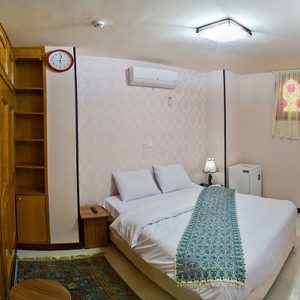



 WhatsApp us
WhatsApp us